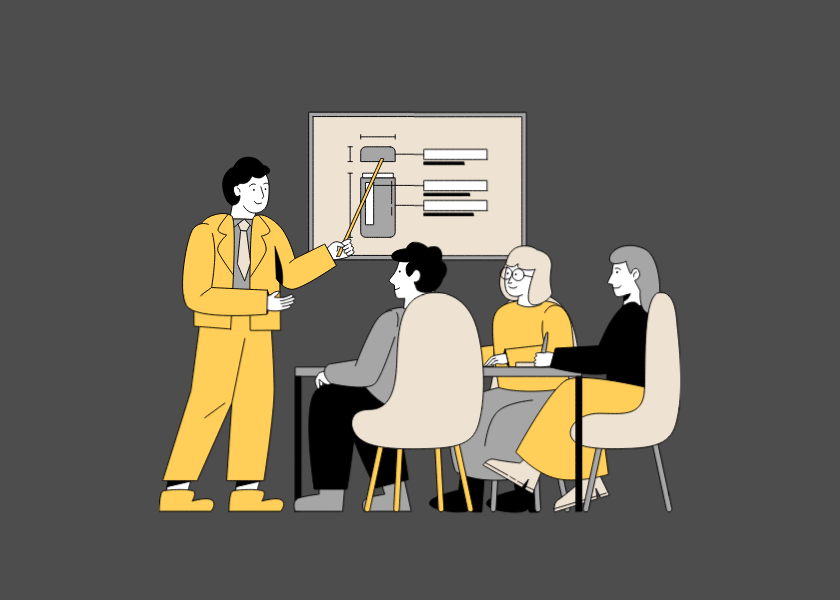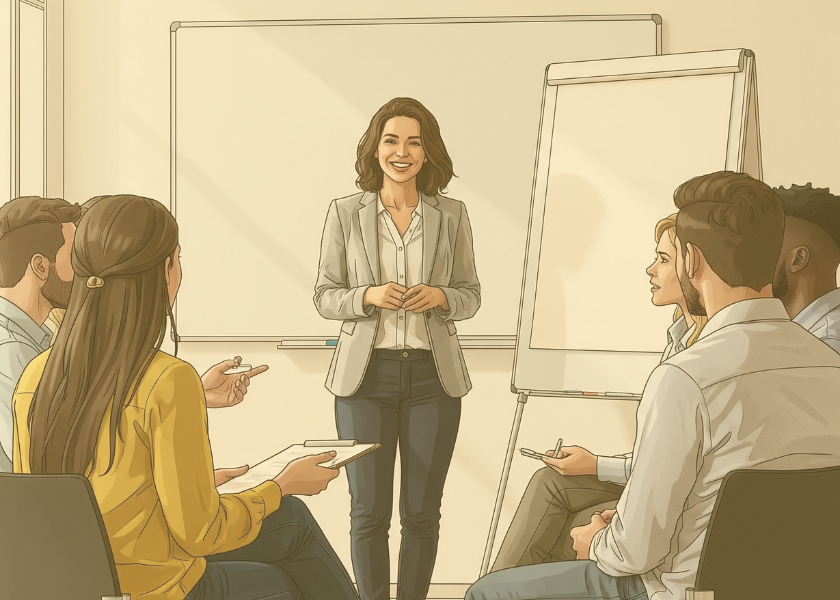listen to this article
Five Essential Facilitation Tips To Elevate Your Gatherings

The term 'facilitation' is used in a few different contexts. Often, it's used in the L&D or training world. It is, however, a mistake to see facilitation merely as a tool for training. In fact, it is an essential leadership skill relied-upon by anyone in a conversation or gathering between 2-or-more people.
Facilitation comes from the latin 'facilis' which means 'to make easy'. When I think 'facilitation', I think of a thoughtfully designed interaction (meeting, workshop etc) that is engaging, effective and inclusive.
Here are five key things to focus on when facilitating...
1. Have a plan. Have a clear, well-understood purpose for the meeting or workshop. Identify the key questions you want to have answers to by the end of the session. Specify the outputs desired for the session - both tangible and intangible.
2. Create a working agreement. Discuss the things the group needs to do to be successful during the session. Have the group design their own guidelines. Encourage them to think about how to deal with interruptions, potential distractions (such as devices) and behaviors that will get in the way of the group's goals. If the people gathering are an existing team, they may already have a working agreement that can be used. If it's a new group of people, having them design this up front can be valuable as it helps prevent issues that can derail the group down the line.
3. Focus on inclusion. Try to get everyone involved. Look out for people who haven't contributed or spoken, and invite them personally to do so. Don't allow any single person to dominate the conversation. Also it's worth considering that people process information differently, and a significant portion of the population cannot think productively when others are talking. Therefore, if you lead a brainstorm during the session - consider using a silent brainstorm. A silent brainstorm is a technique for generating ideas while everyone remains quiet. This allows participants to think without distractions or influence from other members of the group.
4. Be a great timekeeper. Keep the group on track by monitoring the conversation and the time. Check-in regularly with the group to remind them of the objectives and the time remaining. One way to do this efficiently is to ask the group whether they feel there is a lot of value in continuing on the current topic and have everyone vote with their hand. Thumbs up for yes, flat hand for neutral and thumbs down for no.
5. Capture discussion visibly. In facilitation this is sometimes called 'harvesting'. It means noting down discussion points, themes, patterns, follow-up items, new questions, action points etc. A skilled facilitator will do this both visibly to the participants (whiteboard, flipchart, digital document on screen) and without bias. Capturing without bias is a challenging task because (by default) we are all filtering everything we see and hear. It's how we cope with tons of information and how we avoid being overwhelmed. That said, putting your perspective into the note-taking can cause the documents to reflect opinions, slants or even decisions that were not made by the participants.
You might enjoy find our Fix Your Meetings program valuable. We'll help you make sure your meetings are a valuable use of everyone's time and energy.



